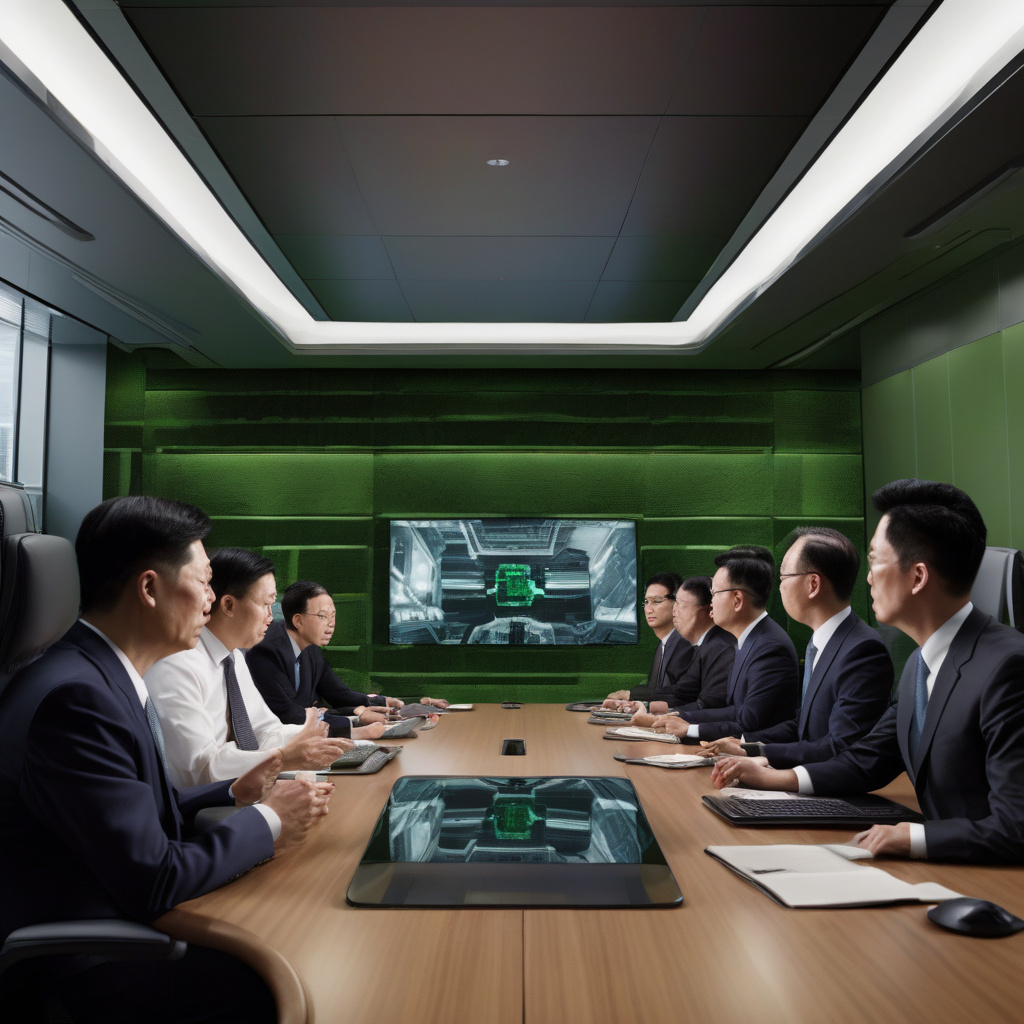Nvidia Chief Believes Chinese Military Unlikely to Opt for US Chips Due to Tech Risks
In a recent statement, Nvidia’s CEO Jensen Huang expressed his belief that the Chinese military is unlikely to turn to US-made chips due to the associated technological risks. This perspective sheds light on the complex interplay between technology, geopolitics, and national security in the modern era.
Huang’s assertion underscores the growing importance of semiconductors and advanced technologies in the realm of national defense. As the global semiconductor industry continues to evolve at a rapid pace, the strategic implications of relying on foreign-made chips have become a topic of intense debate among policymakers, industry leaders, and security experts.
The United States has long been a dominant player in the semiconductor market, with companies like Nvidia at the forefront of innovation and technological advancement. However, recent geopolitical tensions have raised concerns about the security of the semiconductor supply chain, particularly in the context of US-China relations.
From a national security standpoint, the prospect of China’s military using US-made chips presents a complex set of challenges. On one hand, access to cutting-edge semiconductor technology could enhance China’s military capabilities and strategic posture. On the other hand, the potential risks associated with using foreign-made chips, such as supply chain vulnerabilities, backdoor access, and intellectual property theft, cannot be ignored.
Huang’s comments highlight the delicate balance between technological cooperation and strategic competition in the semiconductor industry. While collaboration and knowledge sharing are essential for driving innovation and progress, concerns about data security, privacy, and national sovereignty must also be taken into account.
In the face of these challenges, countries around the world are increasingly prioritizing domestic semiconductor production and investing in research and development to reduce their reliance on foreign technology. For China, this has translated into a renewed focus on developing homegrown semiconductor capabilities through initiatives like the “Made in China 2025” plan.
As the global semiconductor landscape continues to shift, it is clear that the intersection of technology and national security will remain a critical issue for policymakers and industry leaders alike. By staying abreast of the latest developments and trends in the semiconductor market, stakeholders can better navigate the complex dynamics shaping the future of this crucial industry.
In conclusion, Huang’s insights offer a valuable perspective on the evolving relationship between technology, geopolitics, and national security. As the semiconductor industry continues to play a pivotal role in shaping the modern world, understanding the implications of technological choices and strategic decisions is more important than ever.
Nvidia, Chinese military, US chips, technology risks, semiconductor industry












